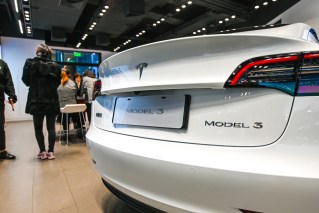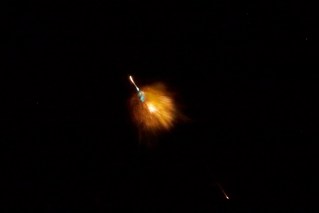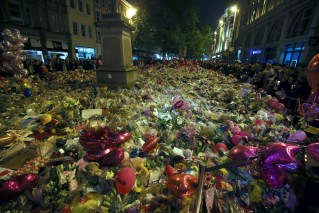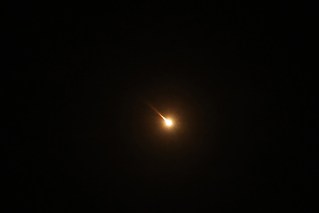How light pollution is damaging our world
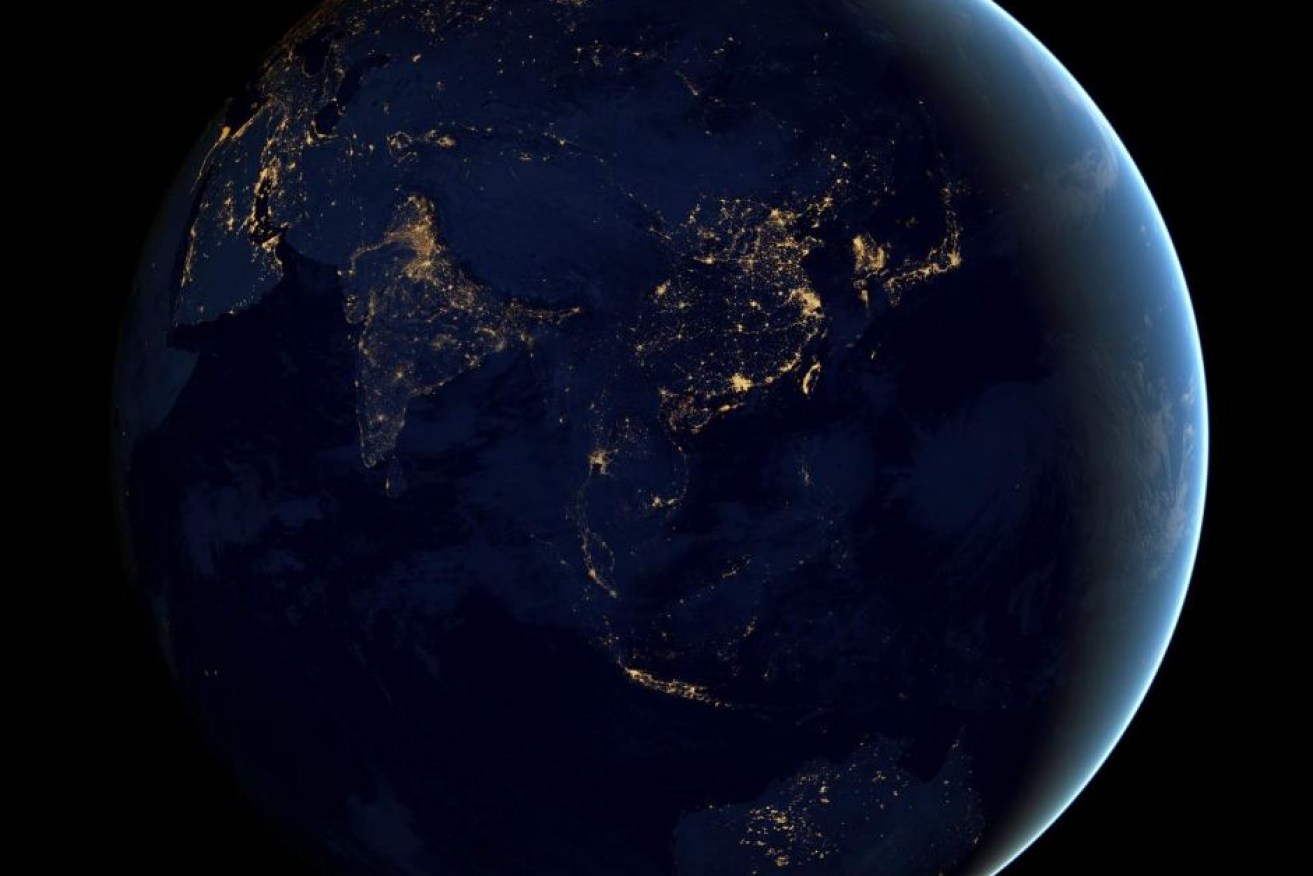
Rising levels of light pollution have now sparked an international movement to make the world a darker place. Photo: NASA
Earth’s nights are getting brighter, and that has scientists concerned.
It is an environmental nuisance that kills our wildlife, costs taxpayers and makes it increasingly difficult to see and study the stars.
Little wonder then, that rising levels of light pollution have now sparked an international movement of scientists and environmental activists to campaign to make the world a darker place.
One of them has built a smartphone app so we can all help map light pollution in our own backyards and feed that information to researchers across the globe.
What is light pollution?
Light pollution is a side effect of industrialisation and is the result of man-made light being used ineffectively and excessively.
The International Dark-Sky association (IDA), a group made up of scientists, urban planners, environmentalists and concerned citizens, has taken the lead in identifying the negative impacts of artificial light at night.
It estimates that in the United States alone, wasted light costs more than AUD$4.1 billion and releases roughly 21 million tonnes of carbon dioxide each year.

The Loss of the Night phone app utilises citizen scientists around the world to help fill some of the gaps in the current research on light pollution. Photo: ABC
“We as customers and taxpayers in the end, pay for all of this light,” said Christopher Kyba, a researcher at the German Centre for Geosciences.
There are no accurate figures on wasted light in Australia, but with the help of Dr Kyba’s new app Loss of the Night, we might all be able to contribute to building a better picture of light pollution here and around the world.
How does it work?
It’s simple. You hold your smartphone up to the night sky and the app shows you what you should be able to see from your location.
It then asks you to report what you can see. In that way the app records how bright the night is, by measuring whether or not certain stars are visible.
Dr Kyba says the most important information comes from brightly lit places like cities, where it’s difficult to see the stars,.
He hopes the information gathered by citizen scientists will help fill some of the gaps in the current research on light pollution.
In 2017 Dr Kyba led a study that used satellite data to measure the brightness of the earth at night.
“The satellite is called Suomi NPP, it’s an American weather satellite that circles the earth 14 times a day,” he said.
“It takes a photograph of every place on earth basically, once a night.”
After comparing five years of photographs from 2012 to 2016, the research team made a startling conclusion — global light has increased an average of 2.2 per cent each year.
It came as no surprise to discover that the greatest increases were in developing countries, which are rapidly lighting up their environments at night.
Dr Kyba says the “brightening” of some nations, such as South Sudan, was almost 10 per cent per year.
So why, with all that satellite data, does Dr Kyba need our help?
Unlike the human eye, the light sensor on the satellite is not able to measure the bluer part of the spectrum of light that LEDs (light emitting diodes) give off, meaning the increase in global brightness was actually greater than what the satellite was able to measure.
“When cities switch from high pressure sodium lamps to LEDs, the satellite sees that as a decrease in light, even if the city doesn’t become darker,” he said.
Making the switch to cheaper, more efficient LEDs was expected to reduce consumption and bring down energy costs, but research found that the savings have simply encouraged countries to light up more.
Why does it matter?
Andrew Jacob is an astronomer at the Sydney Observatory, which is nestled in the centre of the city on top of observatory hill, the highest point in Sydney’s CBD.
It’s home to Australia’s oldest working telescope, which has pointed at the stars since 1858.

Unlike the human eye, the light sensor on the satellite is not able to measure the bluer part of the spectrum of light that LEDs give off. Photo: ABC
The public is encouraged to come and view the planets and the stars, but the observatory itself has not been used for research since the 1980’s.
“Light was starting to impinge on the work the observatory was doing more and more,” Dr Jacob said.
Australian research into optical astronomy, done with telescopes and the human eye, is mostly conducted in a more remote part of northern NSW near Coonabarabran.
Dr Jacob says it’s not just too much light that makes his job more difficult, it’s also light that is badly used.The sort of light that we use to light our buildings and streets, but which shines outwards into the environment, rather than inwards.
“We shouldn’t be able to see those lights, they should be shielded,” he says, pointing out to the glow of the Sydney CBD.
David Finlay has an easier job of studying the stars.
He’s an amateur astronomer who runs workshops in Kiama, on the NSW coast south of Sydney.
He wants everyone to be able to look up and experience a starry night.
“It changes how your mind works and can change how you live your life,” Mr Finley said.
He says we can all benefit from seeing the sky and agrees with Dr Jacob that as light increasingly pollutes the sky, it becomes harder for humans to do what they’ve always done — look at the stars and wonder.
-ABC


